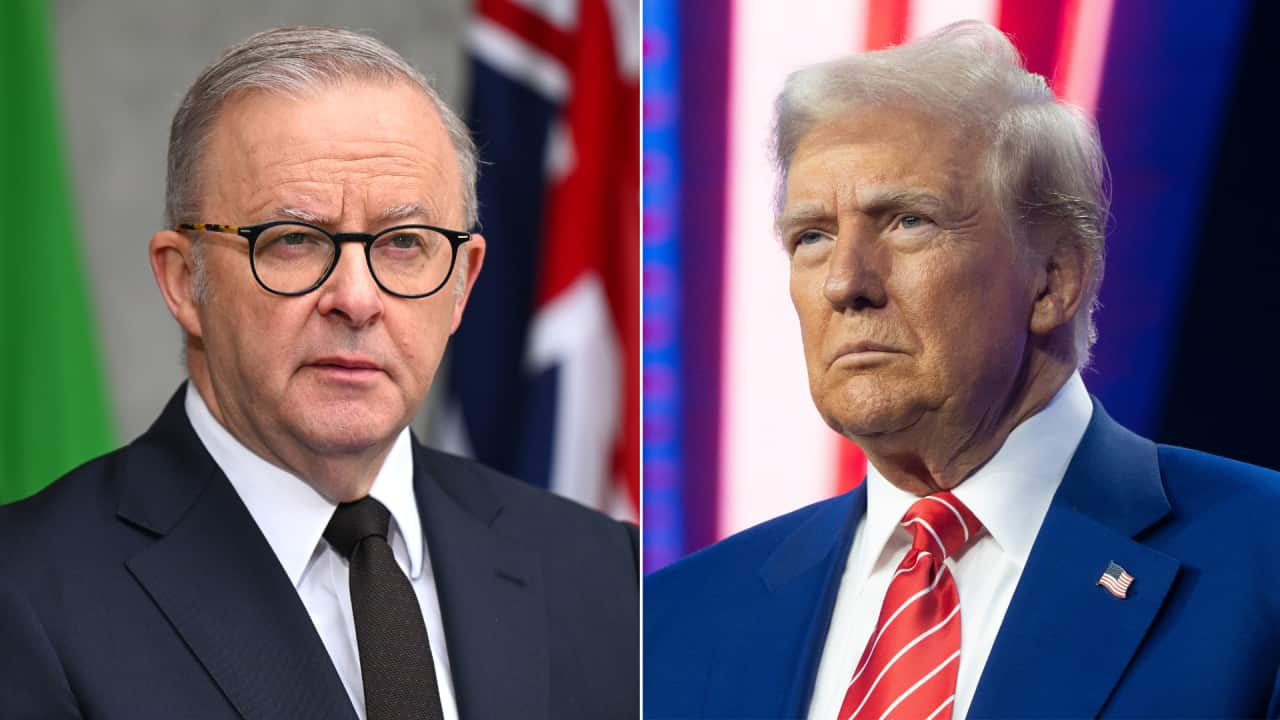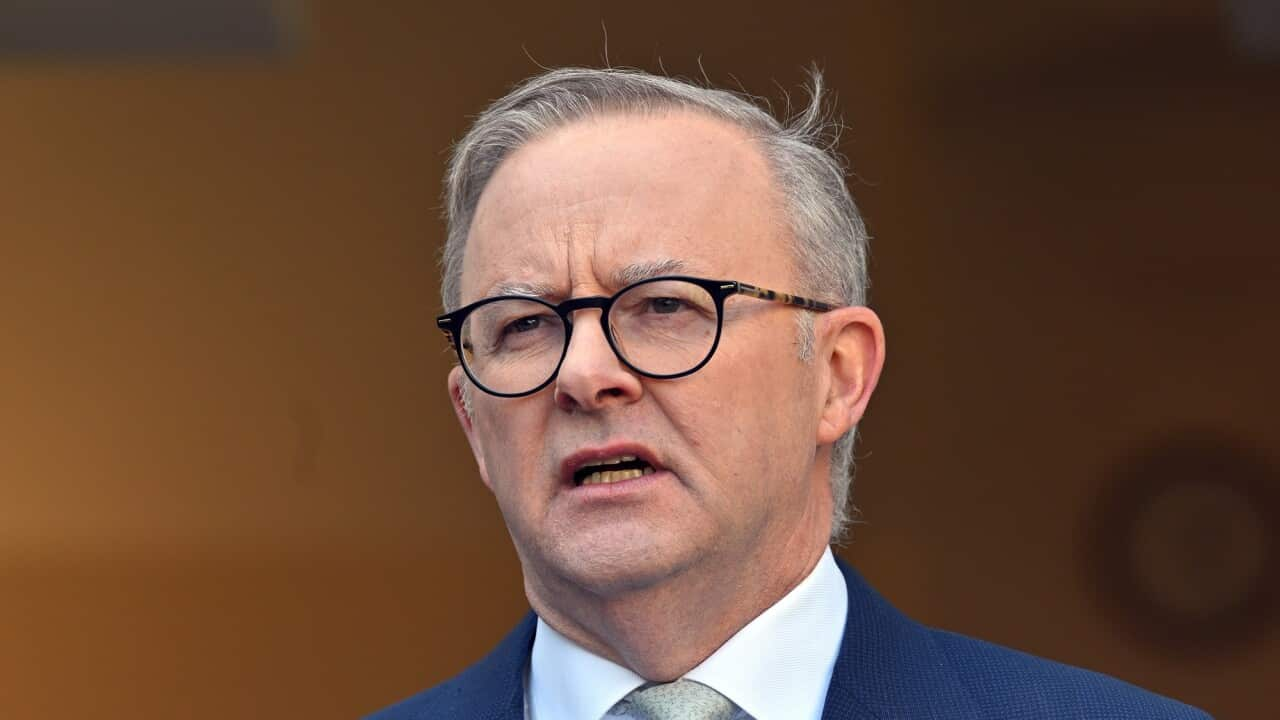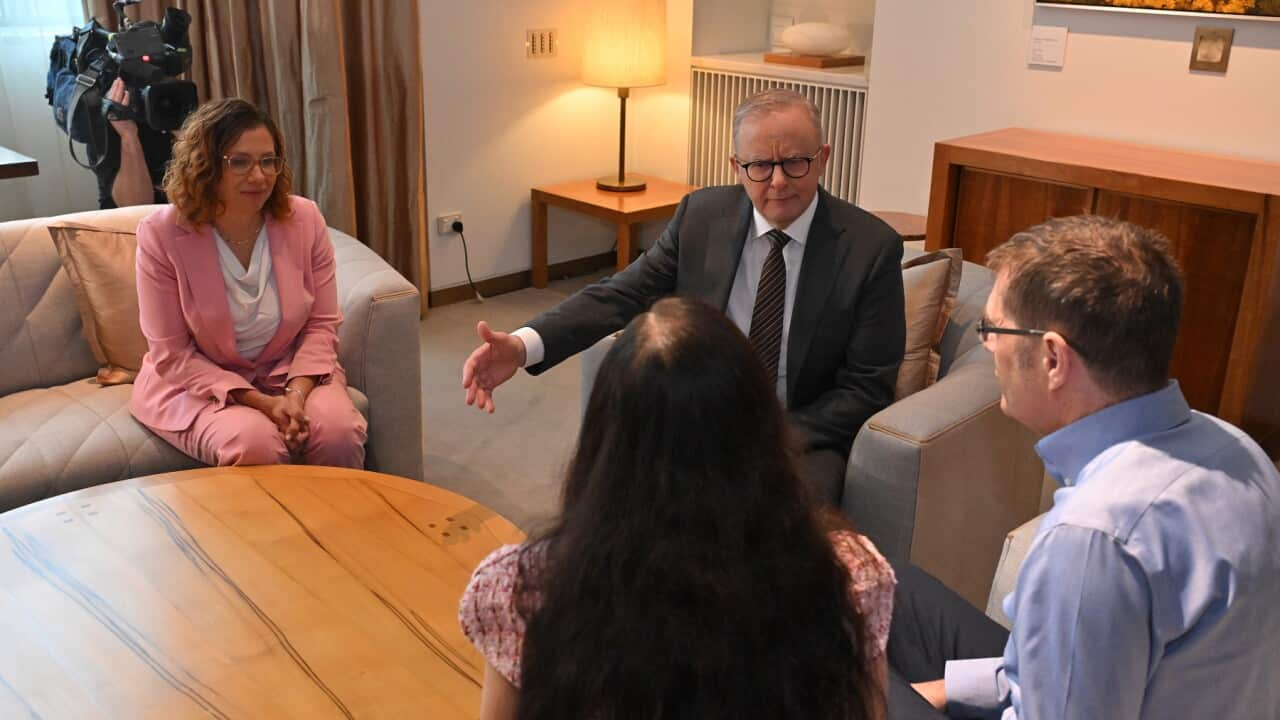Everyone agrees Australia's population is growing rapidly. The permanent migration number is currently capped at around 190 thousand people per year. It has only reached around 160 thousand people per year in recent years.
But, even with that, Australia has the fifth-fastest rate of population growth among countries that are members of the Orgnaisation for Economic Co-operation and Development ((O-E-C-D)). It hit the population landmark of 25 million people twenty years earlier than had been previously expected.
But it's the question of what do about that population growth that brought officials from two different levels of government to Canberra for a meeting.
Federal Treasurer Josh Frydenberg described the meeting a success. He said that it was agreed to set up two working groups to look after data sharing as well as regional aspect of the population debate. Data sharing is about infrastructure, skills, population trends so that there is greater co-operation and co-ordination between state and federal governments. Regional analysis would help identify the jobs opening and need of workers there.
Much of the problem surrounding Australia's population growth is that it appears that too many new arrivals are headed to too few destinations- putting pressure on those places.Those places, are, naturally, Australia's biggest states and cities. Two-thirds of new immigrants are going to capital cities - in particular, areas like Sydney, Melbourne, and south-east Queensland. It's creating a tension between the federal government, who decides whether to let people into Australia or not, and the state and territory governments, who have to cater for them once they arrive.
Infrastructure is the issue everyone is talking about in this regard. And that's an issue that has become as much political as it is practical.
Federal opposition leader Bill Shorten says his federal government, should he be elected later this year, would be much better than the present one in helping provide the necessary infrastructure for a growing population.
Immigration minister David Coleman has unveiled a 19.4 million dollar plan designed to help those regional areas who are, as Mr Shorten says, keen to get more people. The plan would see skilled migrants have their Australian visa applications dealt with faster if they move to regional areas.
With even the federal government only having limited funds, and with both immigration and the demands of states and territories set to continue, it's an argument that's bound to go on for some time to come.




